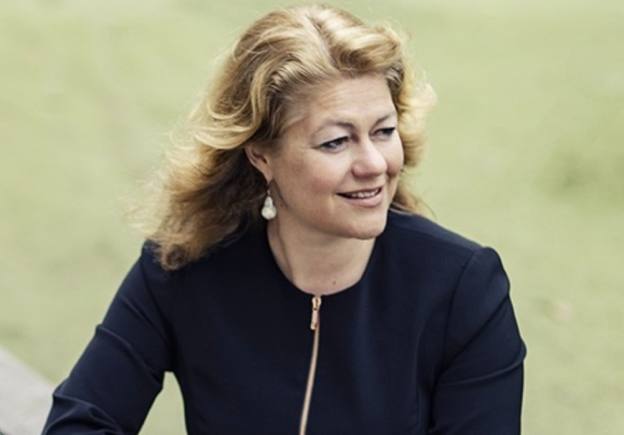
No environmental, social and governance finance, no planet? Many would agree yes, while some would still argue no.
It is clear investment is needed to help drive renewable energy development, create social advancement opportunities, enforce ethical business practices and boost companies that actively manage their ESG risks.
But a cost of living crisis and exponentially high inflation, together with rising interest rates, mean that many consumers and investors are struggling to incorporate ESG considerations into their daily decision-making.
Short-term pressures are outweighing longer-term goals.
So, do we stop here and drop ESG altogether as a no-go with a stunted future? To do so might well be to allow one major crisis to merge into the greater intensification of a worsening environmental and societal crisis.
According to Eugene Krishnan, chief financial officer of US digital health organisation Jaan Health: “It's easy to get discouraged that at this very moment people want to do ESG but they are not clear how to do it, and it feels like there’s a lot of greenwashing and other external pressures [on investors]”.
However, he feels it is also an opportunity “for dialogue”.
Do businesses have a role to play? Do businesses have or even want to have a social purpose?
These are questions investors should ask – and both investors and advisers have a crucial role to play in keeping the ESG conversation going, and continuing to apply pressure on the industry to be accountable and behave sustainably.
Solution to a test
For others, ESG is the solution to a test. Ashley Hamilton Claxton, head of sustainability at Royal London Asset Management, does not feel discouraged.
She views effective ESG as the solution to a test; an opportunity to engage with and respond constructively to current difficulties being faced in terms of climate, cost of living and the pandemic, for example.
“We are being tested in our ability to respond to complex and rapid change”, she says. “As human beings, we like and can deal with simplicity and certainty. Currently we have neither of those things.”
Hamilton Claxton describes the social, political, economic and climate context as being “very complex and challenging with long-term implications”.
Because of this, Hamilton Claxton believes the solutions are “equally complex and challenging”.
Could the answer be ESG interconnectivity?
Interconnectivity is vital, she says, adding: “I think what Covid taught us is the interconnection between ESG + C (climate) issues and between social, economic and financial challenges.”

Therefore, “part of the answer is for “financial services, companies and the government to think holistically about ESG issues and not tackle these things in isolation from each other”, she comments.









